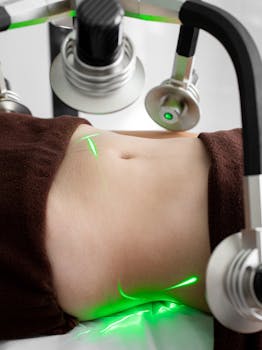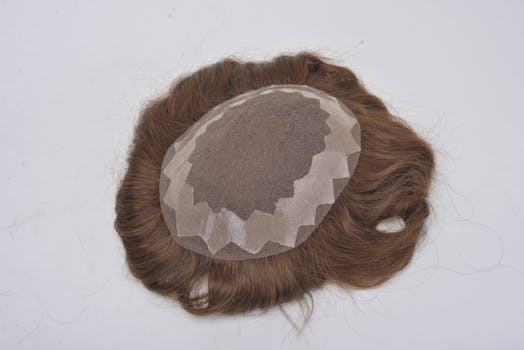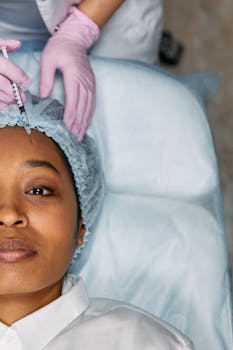Choosing the right care plan for thinning hair or balding can feel overwhelming. If you’re researching professional options, mens hair clinic is a common search term because specialized clinics combine diagnosis, medical treatments, and surgical options under one roof. This article breaks down practical tips you can use when evaluating clinics, home-care strategies that support results, and answers to common questions so you leave consultations better prepared.
Men’s hair clinic: services and approaches
Clinics for male hair loss vary widely. Some focus on non-surgical therapies like topical minoxidil, oral prescription medications, and low-level laser therapy. Others offer surgical solutions such as follicular unit extraction (FUE) or follicular unit transplantation (FUT). When comparing options, look for clinics that provide:
- Comprehensive assessment — scalp exam, medical history, and, when appropriate, blood tests to identify treatable causes.
- Evidence-based treatment plans tailored to your stage of loss and lifestyle.
- Clear documentation of expected outcomes, risks, and maintenance requirements.
How to evaluate clinic expertise
Not all clinics are equal. Ask about the credentials of the clinicians and surgeons, review before-and-after galleries (with permission to see long-term results), and request references or patient testimonials when possible. A reputable practice will explain alternatives and may refer you to dermatologists if the pattern of loss suggests an underlying scalp condition.
Questions to ask during your consultation
- Which diagnostic tests will you perform to confirm the cause of my hair loss?
- What are the projected outcomes for my specific case, and how do you measure success?
- What are the full costs, including follow-up visits and any maintenance treatments?
Treatment categories and what to expect
Treatments typically fall into three categories: medical, device-based, and surgical. Medical therapies (topicals and orals) often require months before change is noticeable and may need ongoing use to maintain results. Device-based options like laser combs or clinical laser caps can offer modest improvements, particularly when combined with medications. Surgical hair restoration provides permanent relocation of follicles but depends greatly on surgeon skill and patient candidacy.
Supporting your results at home
Daily habits play a meaningful role in maintaining hair health. Gentle cleansing routines, avoiding harsh chemical treatments, and minimising heat styling reduce damage. Nutrition, sleep, and stress management also influence hair quality. For eco-conscious buyers, choosing sustainably produced grooming products supports broader health goals; for guidance on sustainable skincare and product choices, see this resource on eco-friendly skincare: sustainable products and practices for healthy skin.
Common myths and facts
There are many misconceptions about male hair loss. Hair loss is rarely caused by wearing hats or by poor hygiene. Genetics and hormones are the leading drivers of androgenic alopecia. Early intervention generally leads to better preservation of existing hair, and combining treatments (for example, medication plus procedural therapy) often yields superior outcomes versus single approaches.
When to see a specialist
If hair shedding is sudden, patchy, or accompanied by scalp inflammation, consult a dermatologist promptly. Gradual thinning that follows a family pattern can be managed through clinics focused on restoration, but a dermatologist will help rule out treatable causes such as autoimmune conditions or nutritional deficiencies first.
For evidence-based background on hair loss causes and treatments, the MedlinePlus overview provides a useful primer and clinical references: MedlinePlus overview of hair loss.
- Choose clinics that pair diagnostics with individualized care plans.
- Combine in-clinic treatments with consistent at-home maintenance.
- Ask direct questions about outcomes, costs, and long-term follow-up.
Frequently Asked Questions
Q: How soon will I see results after starting treatment?
A: Most medical therapies require at least 3–6 months before visible improvements; surgical procedures show gradual growth over 6–12 months as transplanted follicles mature.
Q: Is everyone a candidate for hair transplant surgery?
A: No. Ideal candidates have sufficient donor hair density, realistic expectations, and no active scalp disease. A consultation will determine candidacy.
Q: Can a hair clinic man expect non-surgical options to be effective long-term?
A: Non-surgical options can stabilize loss and improve density, especially when started early, but many men will need ongoing maintenance treatments to sustain results.






